Jeju April 3rd Historic Sites
April 3rd Historic Sites List
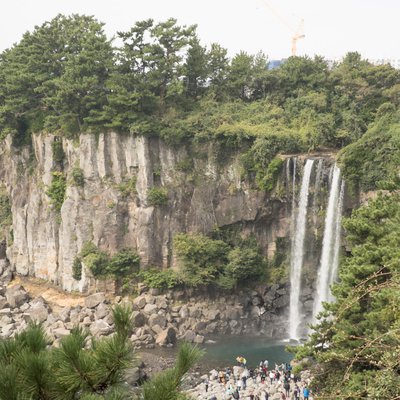
Jeongbang Waterfall
Seogwi-ri was the center of southern part of Jeju island at that time. Therefore, police forces and soldiers used here as a military base. Detention center in the military was filled with villagers...
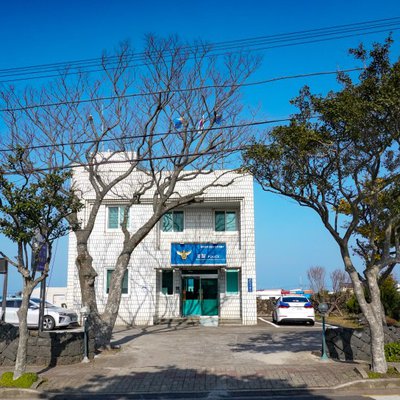
Jocheon Police Station
Jocheon Police Station
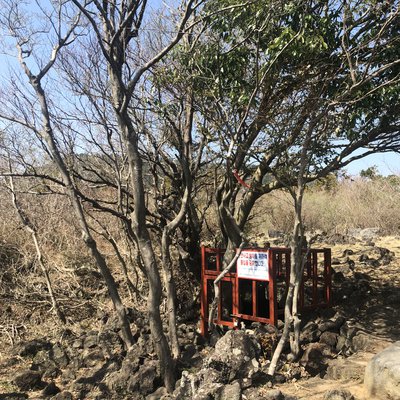
Keunneolgwe
After the village was burnt down in the middle of November 1948, Donggwang villagers hid inside Keunneolgwe for 2 months. At that time, around 120 people were living in this cave. In early 1949, Ke...

Lee Duk-koo’s Uplands
On 20 November 1948, following a crackdown in Bonggae-ri, villagers took refuge in nearby mountains. Lee Duk-koo Upland is where villagers were hiding during the severe crackdown. After the spring ...

Moksimul Cave
On 21 November 1948, Seonheul-ri was burnt down and villagers hid in Moksimul Cave. Later, they were found and killed by the army. The 9th Regiment of Hamdeok started killing Seonheul villagers hid...
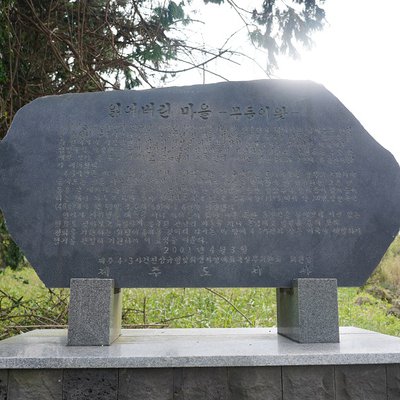
Mudeungyiwat
Mudeungyiwat is one of the villages devastated during the April 3rd Uprising and massacre. Around 100 residents of the village were tragically killed by a punitive expedition on November 21st, 1948...
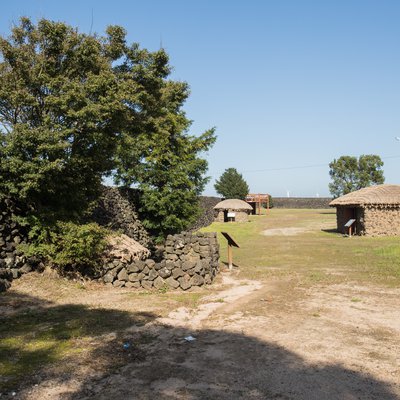
Nakseon-dong April 3rd Fortress
Lorem ipsum dolor sit amet, consectetur adipiscing elit, sed do eiusmod tempor incididunt ut labore et dolore magna aliqua. Ut enim ad minim veniam, quis nostrud exercitation ullamco laboris nisi u...
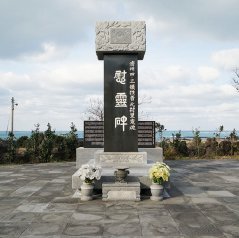
Neobeunsungee Memorial Hall
Bukchon was the most brutally attacked area during tha April 3rd Massacre, where approximately 500 villagers were killed by soldiers. At the Bukchon Neobeunsungee Memorial Hall, graves of young chi...

Park Jin-gyeong’s memorial stone etc.
-
Search
Are you looking for something? Try searching with some keywords.